How to revive old Japanese maples – with a few simple steps, you can revitalize aged trees in your yard
Follow our guide to bring old trees back to health
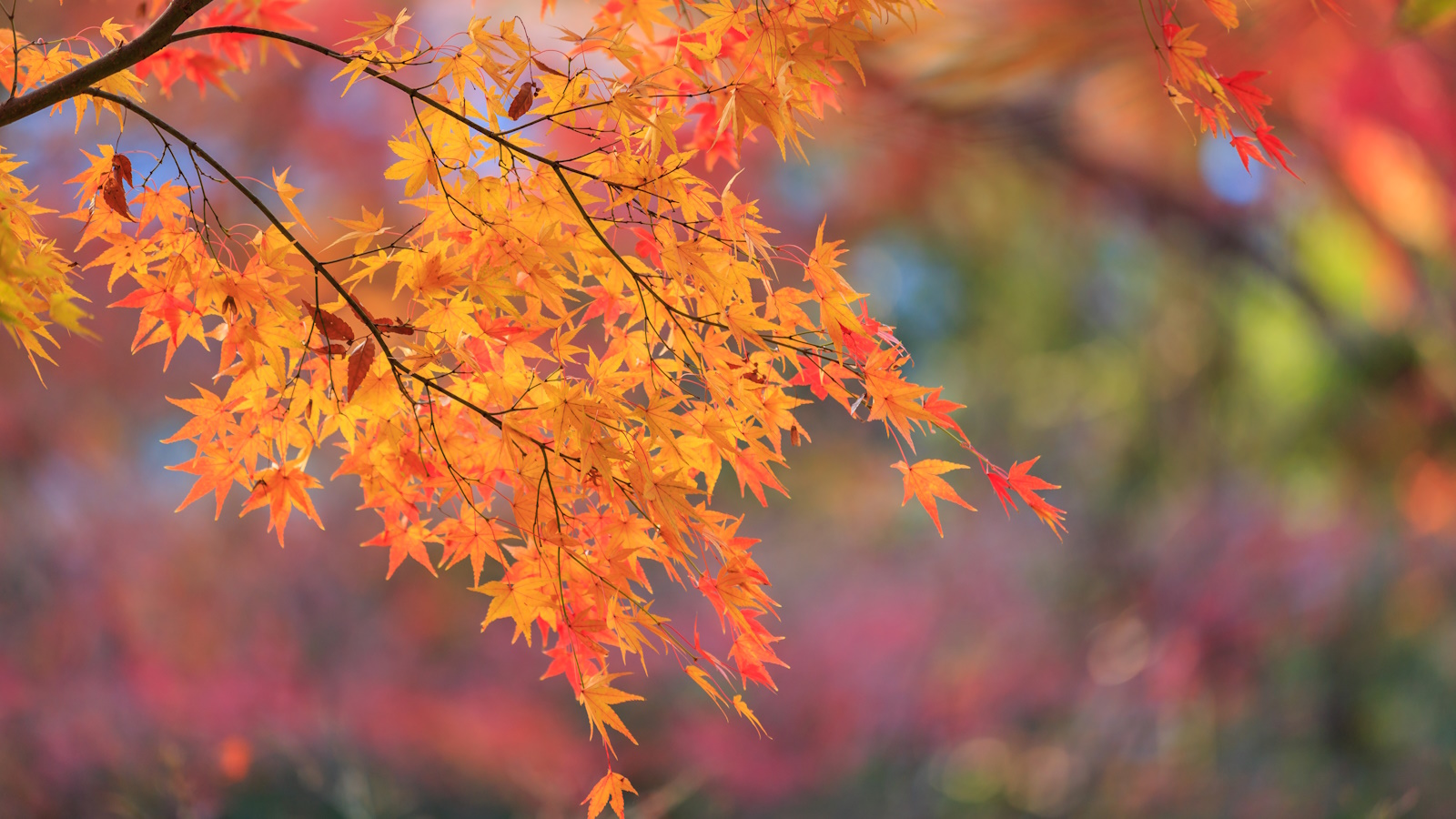

Japanese maples are remarkable trees. Whether you have a large yard or a small outside terrace, these striking statement trees will add a woodland aesthetic and feel to any space. Japanese maples have remained popular since the 19th century, valued for their appearance and resilience.
With the right conditions and care, many Japanese maple trees can live to be over 100 years old. With age, however, your trees can appear tired and suffer from disease and weather damage. Understanding how to revive old Japanese maples can help to prolong the life of your trees, ensuring that even older specimens continue to thrive for as long as possible.
So, whether you grow Japanese maple trees in your borders or you grow Japanese maples in pots, we have all the information you need to keep older trees in good health.

How to revive old Japanese maples
There are many varieties of Japanese maples, and most are tough and resilient. In cooler, northern regions, such as US hardiness zone 5, these trees thrive, tolerating frost and snow during the winter months. Whether you grow Japanese maples in the ground or pots, these trees can benefit from some care and attention as they age. So, if you have a Japanese maple in need of a little love, we have all the information you need to help your tree flourish this year.
Remove dead branches
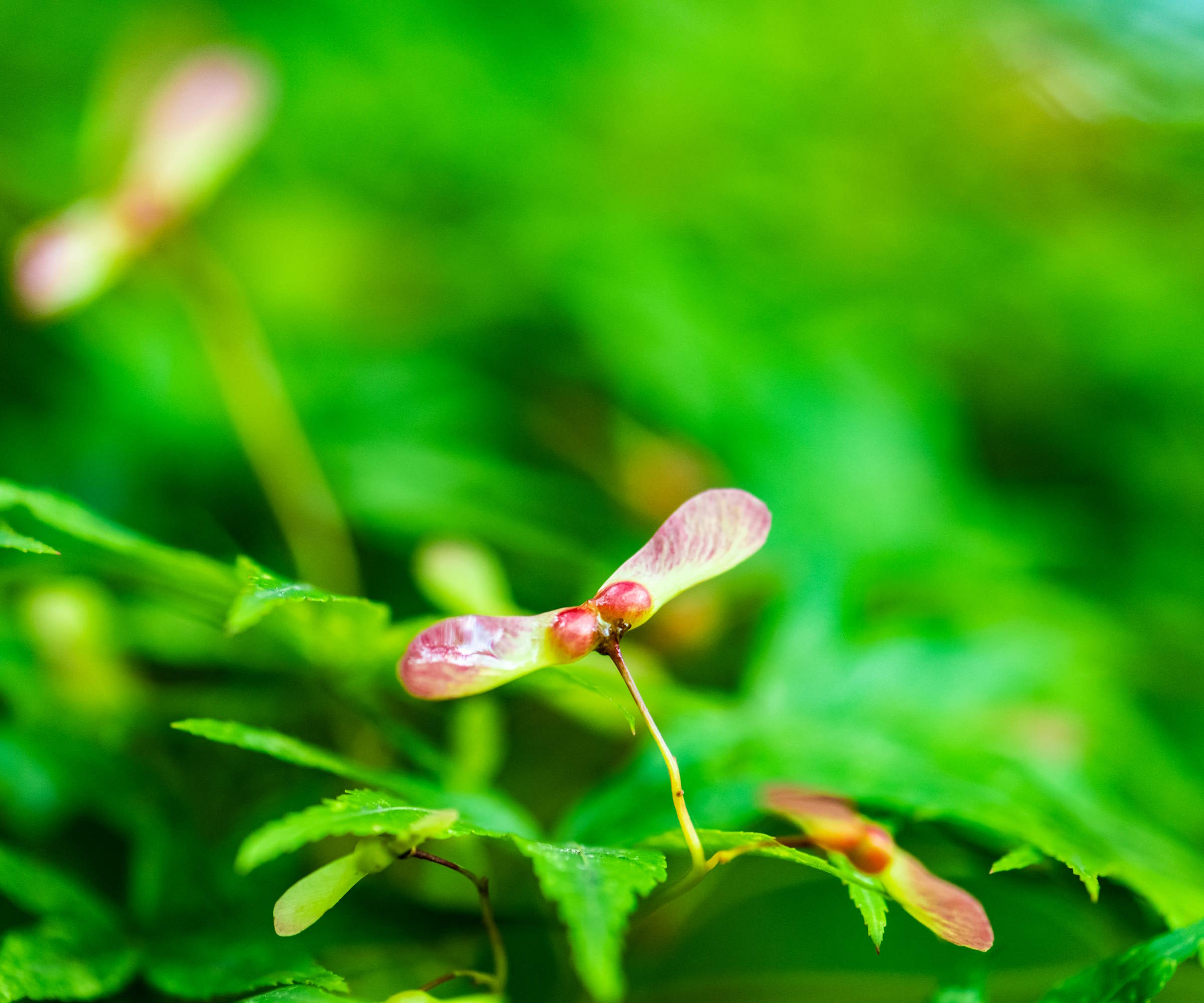
You might notice some unsightly, gnarled or rotten branches on older trees in your yard. Generally, it is best to wait until the winter to prune Japanese maple trees, as at this time of year, it will be easier to see the framework of your tree without any foliage and assess which branches to keep and which to cut. However, if you do see dead branches during the spring and summer, it can be easier to prune then and there, as it will be easier to spot stems lacking in foliage.
If you are pruning in the winter and you are unsure if stems are dead or living, I recommend trying to bend smaller branches. Live, healthy stems will bend, and any dead ones will snap.
It is also a good idea to remove any congested, overlapping branches, to open up the framework of your tree, which will improve air circulation and reduce the risk of disease.
Remember to always use clean, sharp pruning tools, such as these Fiskars loppers from Amazon. Any larger stems and branches can be used to make a log pile or bug hotel in your yard, as part of your wildlife garden ideas.

Terry Huang is the Director of Living Collections at South Coast Botanic Garden in the Los Angeles area. He loves to share his passion for plants by finding creative ways to make botany and horticulture fun and accessible for all.
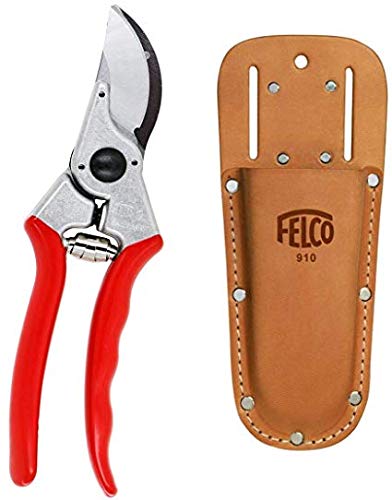
These Felco pruners make light work of all your gardening jobs. With an ergonomic design, they are both practical and comfortable.
Refresh soil and mulch

'Japanese maples do best in woodland conditions,' says Terry Huang, plant expert and Director of Living Collections at South Coast Botanic Garden in the Los Angeles area.
'Imagine the understory of a forest,' Terry says, 'with plenty of organic material and consistent moisture. Maples prefer rich, loamy soil and good amounts of humus. They often suffer in exposed situations or places with poor soil.'
Woodland conditions can differ greatly from backyard borders, and so applying mulch and organic matter each year can help to feed the soil and create a woodland-like effect, thus giving your old trees and shrubs a boost. Organic mulch is available to order online from Amazon.
For trees grown in pots, it is a good idea to repot them every two to three years. 'Carefully remove your old tree, and repot in a slightly larger pot,' Terry says. 'Use a high-quality potting soil, ideally one that is wood-based to improve the structure of the soil and assist with water retention.' Repotting older shrubs and trees can help to revitalize your container displays for the coming year.
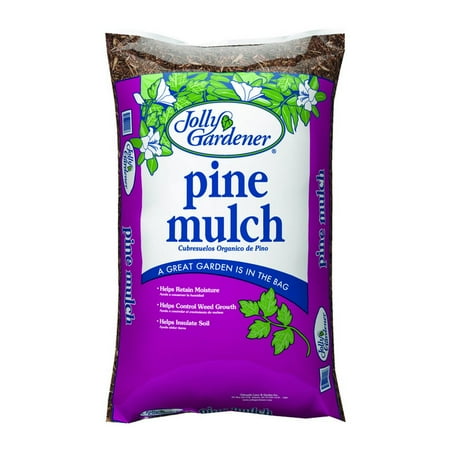
Pine mulch is ideal to use around your trees, helping to insulate roots, feed the soil, inhibit weeds and encourage earthworms.
Feed your trees
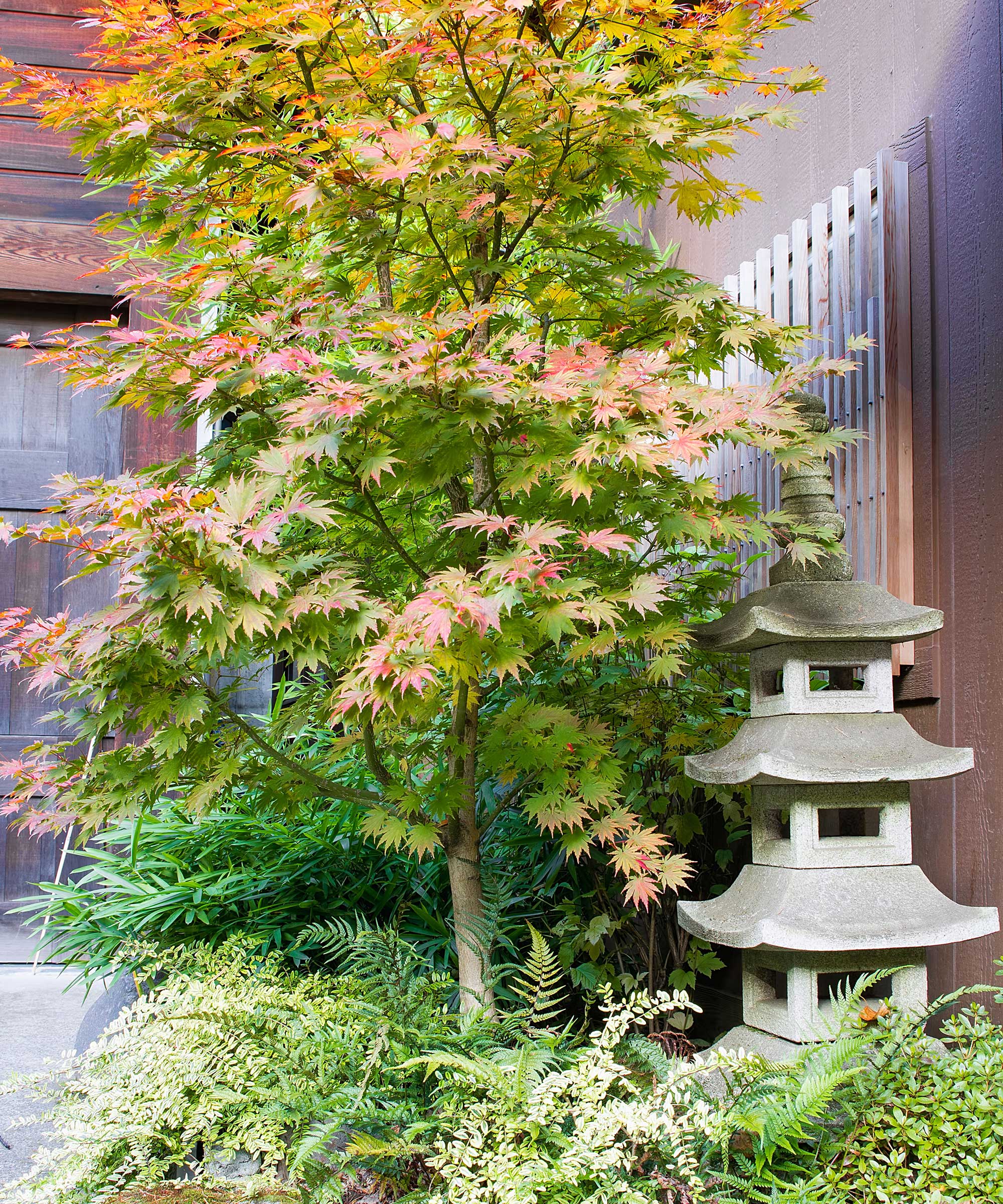
'Fertilizing Japanese maples is generally only necessary for specimens grown in pots,' Terry continues. 'Unless soil conditions are extremely poor in your borders, fertilizing is not necessary. Mulching will be enough to help maples grown in borders.'
For those Japanese maples grown in containers, 'fertilize lightly one to two times per year, once in the spring and once in the summer,' Terry says.
It is best to use a balanced fertilizer formulated for trees and shrubs, such as tree fertilizer, available from Walmart, or this Japanese maple fertilizer, available from Amazon.
Alternatively, for an easy option, consider using tree fertilizer spikes, available from Amazon, for a quick way to feed trees in pots. Firmly position one tree spike in each pot in early spring, which will help to feed your Japanese maple over the growing season.
It is best to stop feeding your shrubs and trees by late summer. Fertilizing late in the season can do more harm than good, and this common fertilizing mistake is one to avoid.

These tree fertilizer spikes promote plant growth for all your trees and shrubs, ensuring that your yard is full of lush green foliage.
FAQs
Should I add mulch to my Japanese maple pots?
Yes, it is a good idea to add a small amount of mulch to older Japanese maples in pots. Even one inch of mulch can help to nourish your tree and replenish essential nutrients in the container. A word of caution, however, keep mulch away from the trunk of your tree, as this can invite disease and damage your Japanese maple.
It is always sensible to have a contingency plan, and gardening is no different. Why not learn how to grow a Japanese maple from seed this year? It is hard to imagine, but these young seedlings will grow to eventually take the place of your older trees in the years ahead. Growing from seed does require a degree of patience, but it is a fun and free way to grow more plants in your yard.
Sign up to the Homes & Gardens newsletter
Design expertise in your inbox – from inspiring decorating ideas and beautiful celebrity homes to practical gardening advice and shopping round-ups.

Thomas is a Content Editor within the Gardens Team at Homes and Gardens. He has worked as a professional gardener for both public spaces and private estates, specializing in productive gardening, growing food and flowers. Trained in Horticulture at the Garden Museum, he has written on gardening and garden history for various publications, including The English Garden, Gardens Illustrated, Hortus, The London Gardener and Bloom. He has co-authored a Lonely Planet travel book, The Tree Atlas, due out in 2024.
-
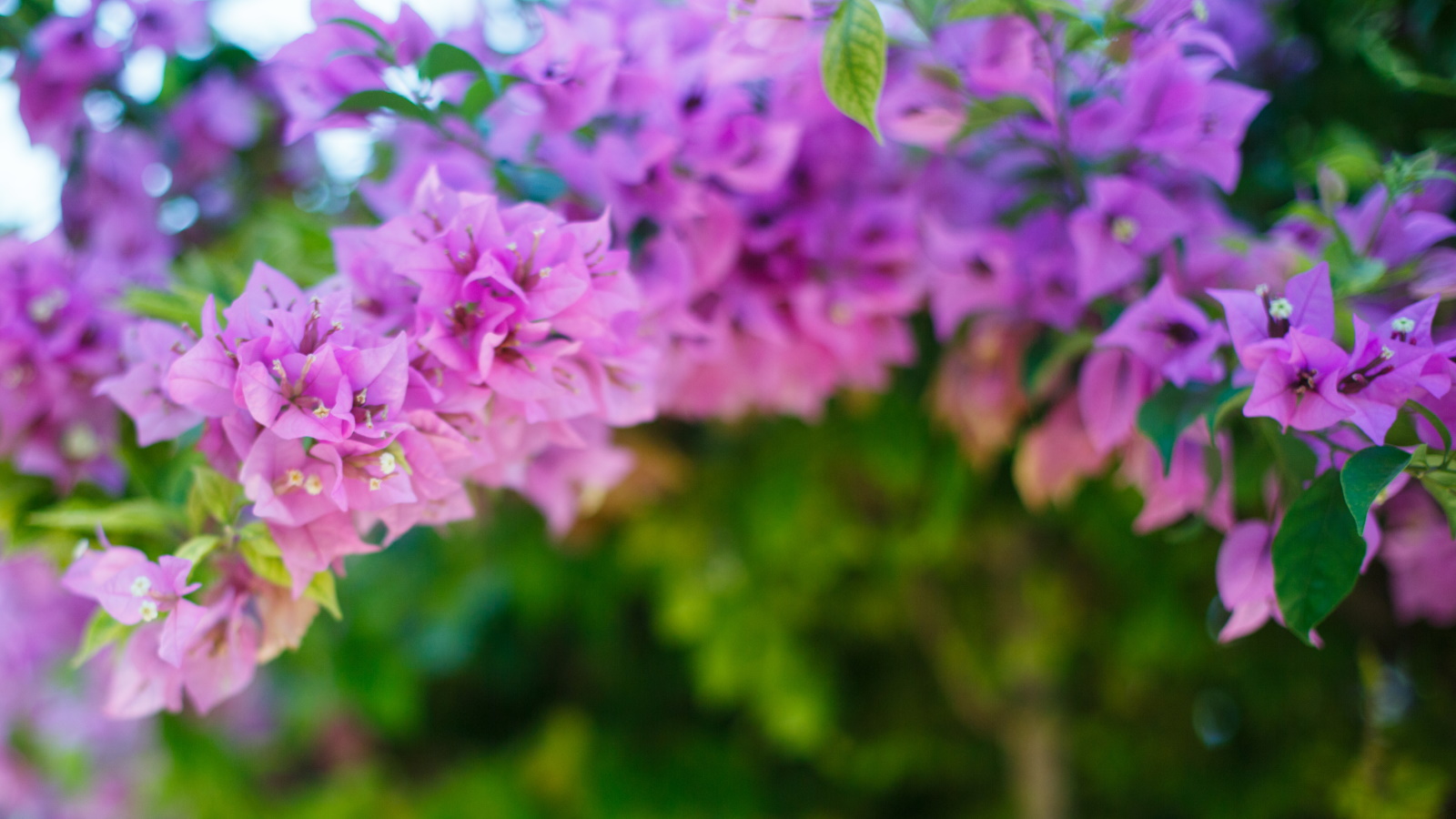 Best climbers to grow in pots – 5 easy-to-grow vines that will transform small spaces with vibrant color
Best climbers to grow in pots – 5 easy-to-grow vines that will transform small spaces with vibrant colorMake the most of small terraces, patios and balconies by filling pots with colorful climbers
By Thomas Rutter
-
 'It's not something I'm willing to budge on' – shoes on vs. shoes off, what type of household are you?
'It's not something I'm willing to budge on' – shoes on vs. shoes off, what type of household are you?Our professional cleaners are all in agreement on this one, but would you consider a switch?
By Ottilie Blackhall